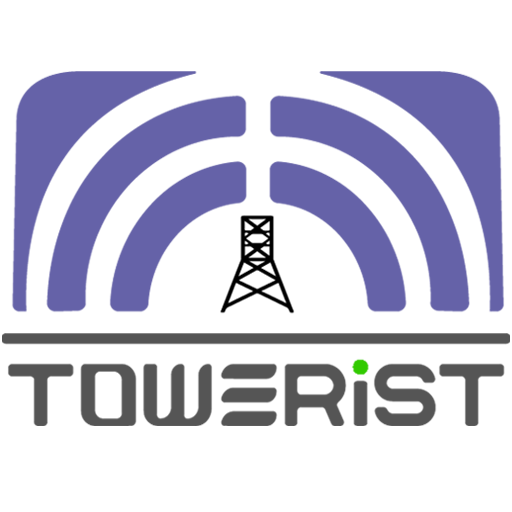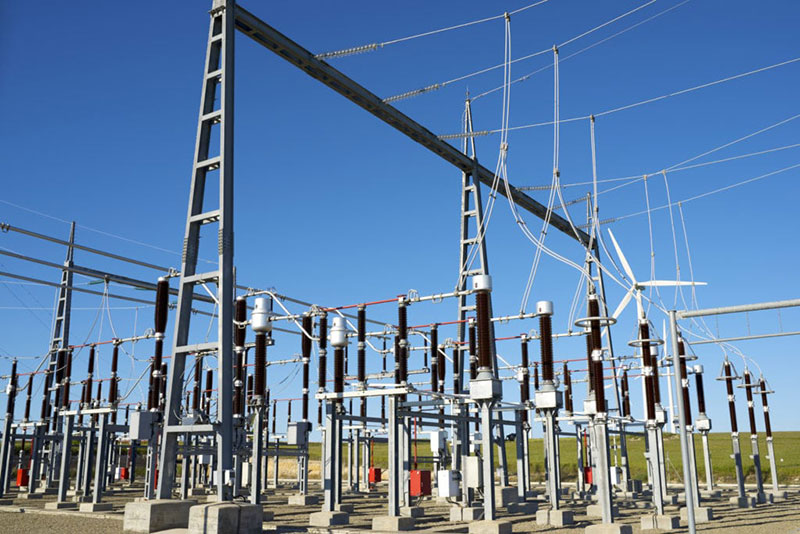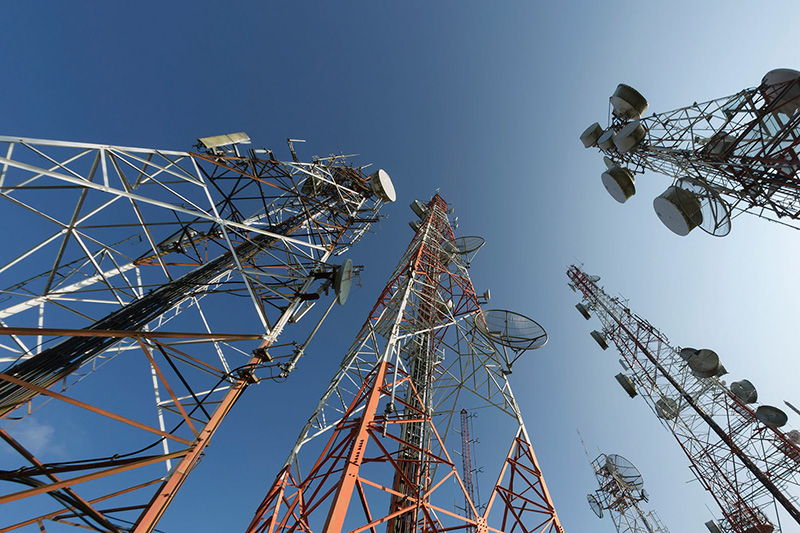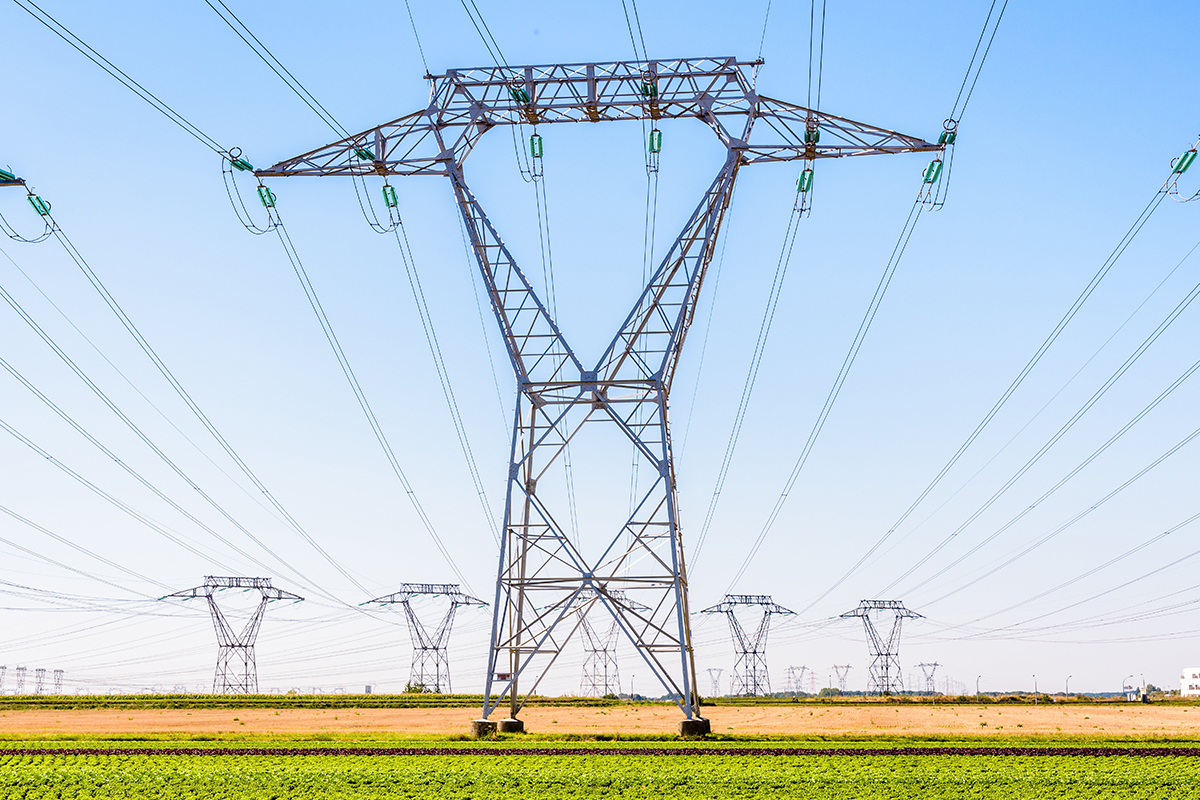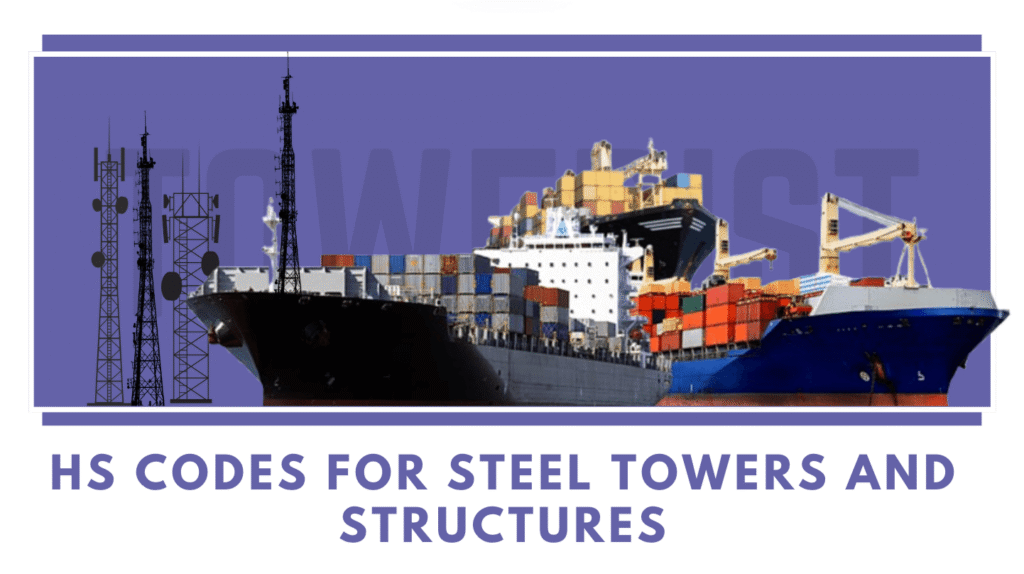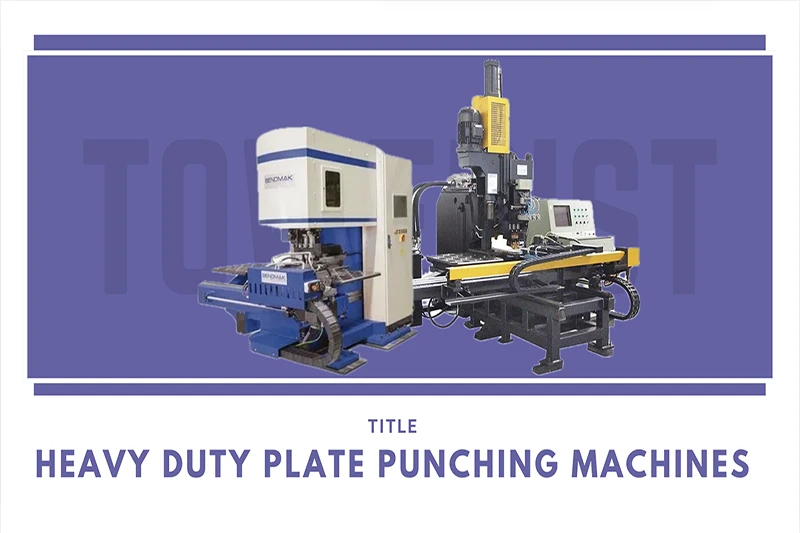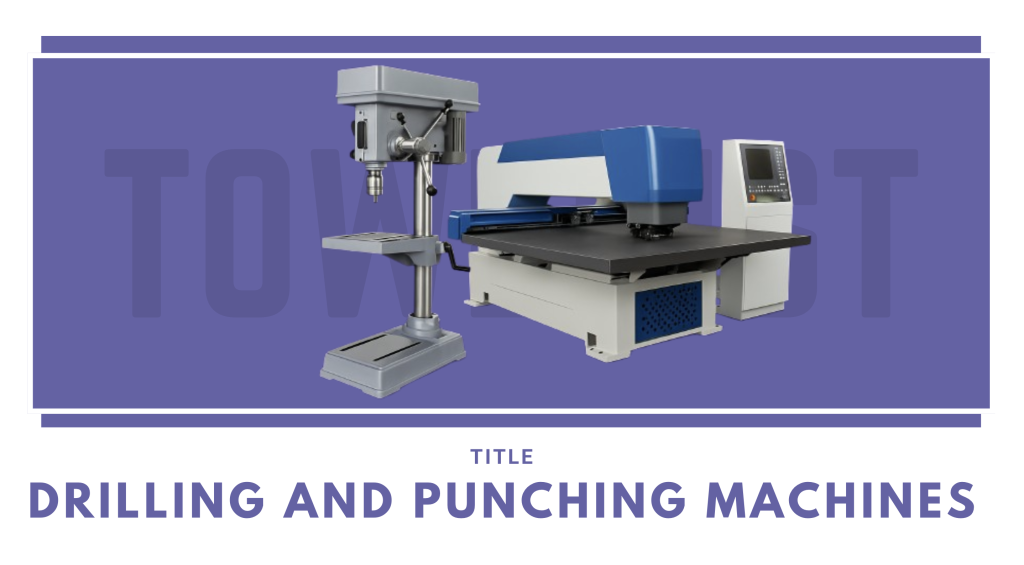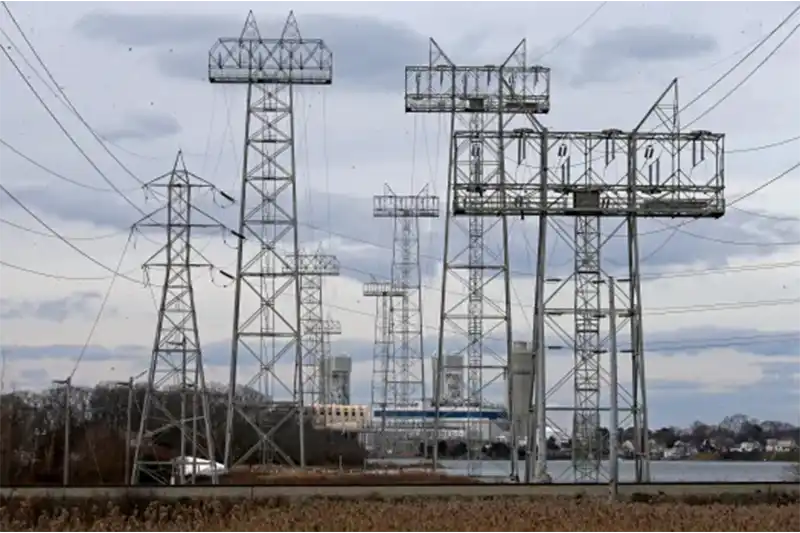Transmission Towers
The main supporting unit or structure of overhead transmission line is called transmission towers. The transmission towers are used to support transmission line’s heavy conductors and its accessories from sufficient safe distance from the earth or ground level for transmitting a bulk amount of power at long distances. These towers protects the transmission lines from the natural calamities like earth quake, winds etc.
Types of Transmission Towers
There are four types of major transmission towers:
- Suspension Towers
- Tension Towers
- Terminal Towers
- Transposition Towers
- Self Supporting
- Guyed or Stayed Towers
- A Type Tower
- B Type Tower
- C Type Tower
- D Type Tower
- Single Circuit Towers
- Double Circuit Towers
- Multi Circuit Towers
- River crossing Towers
- Railway Crossing Towers
- Road Crossing Towers
1. Suspension Towers
A towers which is only hold up the conductors and not pull the conductors are called the Suspension towers. The insulator used in suspension towers are provided vertically. The suspension tower is also called anchor towers or tangent towers.In the transmission lines, the suspension towers are used where the transmission line conductors are suspended from the tower cross arm and mechanical tension are same in each side of the tower. The suspension towers carry the downward and lateral force only and not carry longitudinal force. The suspension towers are used for straight run of transmission line.
2. Tension Towers
A towers which is pull on the transmission line conductors is called tension towers. The insulators used in tension are provided horizontally.The tension towers are where the line changes the direction or having some angle. The suspension transmission tower are used for straight line and tension towers are used where transmission line have some angle. The tension tower is also called deviation towers.
3. Terminal Towers
A special kind of dead end transmission towers is called terminal towers. Terminal tower are used where the transmission line is ended or terminates and connected to substation equipment’s.
4. Transposition Towers
In AC transmission system, Transposition towers are used to change the physical configuration of the transmission line conductors in polyphase system to reduce the voltage imbalance in transmission line conductors.
The transposition of transmission line conductors equalize the mutual inductance and capacitance of the transmission line and reduce the voltage imbalance in phases of the transmission line.
5. Self Supporting Towers
The self supporting towers are divided into Four types
1. Narrow Base Towers
2. Broad Base Towers
3. Tangent Towers
4. Deviation Towers
1. Narrow Base Transmission Towers
The Base of the narrow base tower is small or narrow. The narrow base tower is used lattice construction of angle, channel with bolted connection. In narrow base tower only one founded is used for all fours legs.The narrow base tower is used where space is not large for transmission line erection of transmission or the cost of land is very high. The narrow base towers are mostly used in cities where land cost is very high.
The narrow base towers are uses less steel as compared to others but foundations cost of the narrow base towers are very high.
2. Broad Base Towers
The broad base tower having larger or broad base. In broad base tower lattice with the roasted connection is used. The broad base towers are used where space is larger or land cost is less.
The broad base tower is having separate foundations for each four legs. The Broad base towers more steel as compared to the narrow base towers. The cost of the foundation are less as compared to the narrow base towers.
3. Tangent Towers
The tangent tower are used where the transmission line have straight run. The tangent towers uses suspension type silicon rubber insulator which only only hold up the conductors in downward direction. These Insulator are in Vertical direction.
4. Deviation Towers
The Deviation towers are used where transmission changes its direction or transmission line have some angle. These towers used tension insulator which pull up the conductor in vertical direction.
6. Guyed or Stayed Towers
The guyed or stayed towers are divided in to two types
- Portal Structure type
- V Structure type
1. Portal Structure type
The portal structure having two legs and top of these towers connected by cross arms. These type of towers top are supported by four numbers of guy wires. These type of tower having two foundation for the leg.
2. V Structure type
In V Structure both legs are connected to each other with some angle and provided in foundation which is very heavier than the portal structure type towers. The V structure having two member which are connected to each other with the help of cross arm. This towers are supported by the number of guyed wires.
7. A Type Tower
The A type Tower is suspension type towers which is having angle deviation of 0 to 2 degrees. These towers is having two legs and suspension type insulator.
8. B Type Tower
These type towers are tension types towers which is having angle deviation 2 to 15 degrees. These towers also having two legs and tension type insulators.
9. C Type Tower
These towers are also tension type towers and used where is direction of change of line angle more. These towers are having angle of deviation 15 to 30 degrees. These type of towers having three legs.
10. D Type Tower
These towers are also tension type towers which having angle of deviation 30 to 60 degrees.
11. Single circuit Towers
These type towers are having only one line’s conductors on the one towers.
12. Double Circuit Towers
These type of towers are having two line’s conductors on the one towers.
13. Multi Circuit Towers
These type of towers are having more than two line’s conductors on the one towers.
14. River Crossing Towers
The river crossing towers are suspension type or tension type towers with the zero degree angle deviation. Modern river crossing towers having span of 800m.
15. Railway Crossing Towers
The railway crossing towers are also tension type towers. These type towers crossing are right angle to the railway crossing. The minimum distance of the crossing tower from the center of the railway track is equal to the height of the tower plus 6m.The minimum distance of the conductor from the surface of the railway track is equal to the 17.90m. The railway crossing span are limited to 200m.
16. Road Crossing Towers
The towers used in road crossing is tension type and uses double tension hardware with double insulator purpose for the protection purpose.
The minimum distance of the lower conductor of the road transmission line to the road surface is equal to 12m. The span length for road cross towers is not more than 250m.
